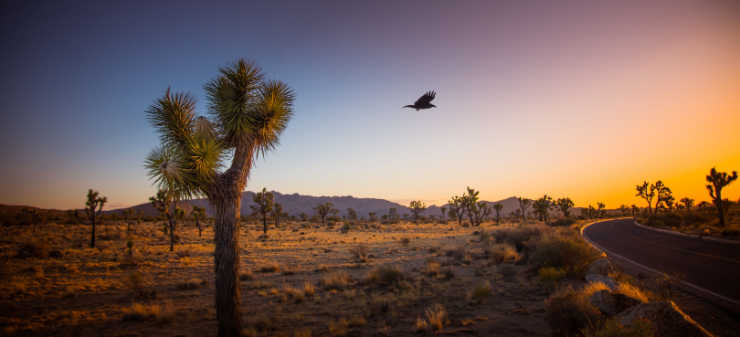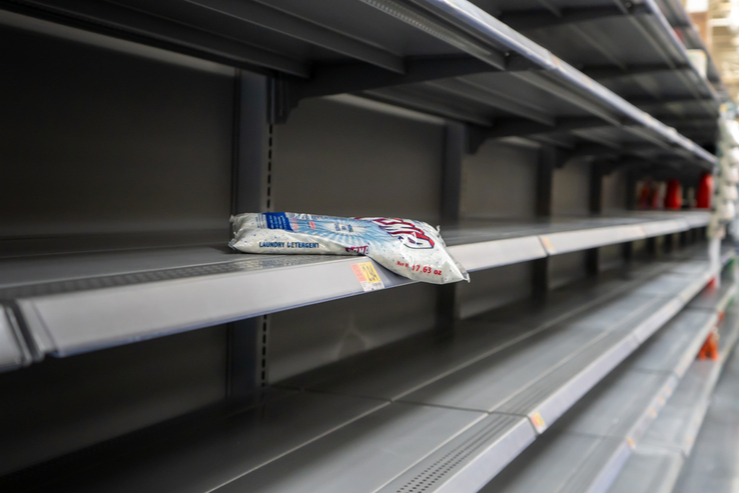
When you’re a child, you learn not to leave the water running. You learn to conserve. That might be a good lesson for the government. Look what’s happening in California with their water storage or lack thereof. The editors of The Wall Street Journal explain:
More reservoirs are desperately needed in the North to capture melting snowpack that would otherwise drain into the Pacific or overflow river banks. Reservoirs store runoff and help prevent flooding. Most reservoirs in the North are now above historical average levels so they may have to release water this spring to avoid overflowing.
State voters have approved eight water bonds since 2000 that authorize some $27 billion in funding for various water projects, but little of the money has gone to storage or flood control. That’s because politicians buy off green support for water bonds by promising to spend a large share of their proceeds on ecosystem restoration.
Only $2.7 billion of a $7.5 billion water bond that voters approved in 2014 was allocated for storage. None of the seven storage projects selected by the state for funding has begun construction. Blame in part a government permitting morass. Most aren’t expected to be completed until the end of this decade, assuming they aren’t marooned by lawsuits.
Voters support water bond measures because they think the money will be spent on drought preparation. But it never is. Liberals use droughts and floods to campaign for water bonds that end up funding pet environmental causes. Rinse and repeat. Mr. Newsom last week floated another bond measure for water projects and wildfire mitigation.
If water projects are a political priority, why not finance them with general tax revenue as the state does climate programs like electric-vehicle subsidies? Perhaps because borrowing for water projects allows the government to spend more on other things. As a result, taxpayers wind up paying more for debt service.
Californians are also having to pay much more for water owing to restricted supply. Central Valley farmers and Southern Californians have been slammed by rising water rates. The Nasdaq Veles California Water Index, which tracks the spot price for water in the state, has more than quadrupled over the past three years.
Some local water districts have invested in desalination and wastewater reclamation, but these are expensive. The state is also paying farmers up to $2.5 million to leave fields fallow. About 531,000 acres were left unplanted last year. That’s one reason California’s Central Valley boasts five of the 10 metro areas with the highest unemployment rates in the country.
California’s problems never stay in California. Its profligate water policies are straining the overburdened Colorado River, which supplies six other states and California. Recent storms aren’t expected to bolster Colorado, and federal officials are threatening to restrict supply for all seven states if they don’t reach an agreement to curb usage by the end of this month.
Action Line: When the government wastes it’s up to you to be your own ruler. If you live in California, or anywhere, you need to be the person responsible for your family’s water security. If you don’t know where to get started, download my free special report Emergency Water Storage: How Much, Containers, Purification & More, and supplement it with my free report specifically on rainwater storage, WATER SECURITY: How to Save Rainwater Effectively.



